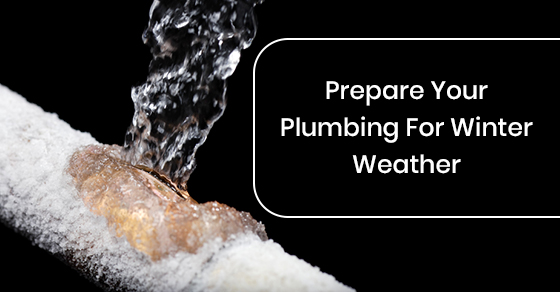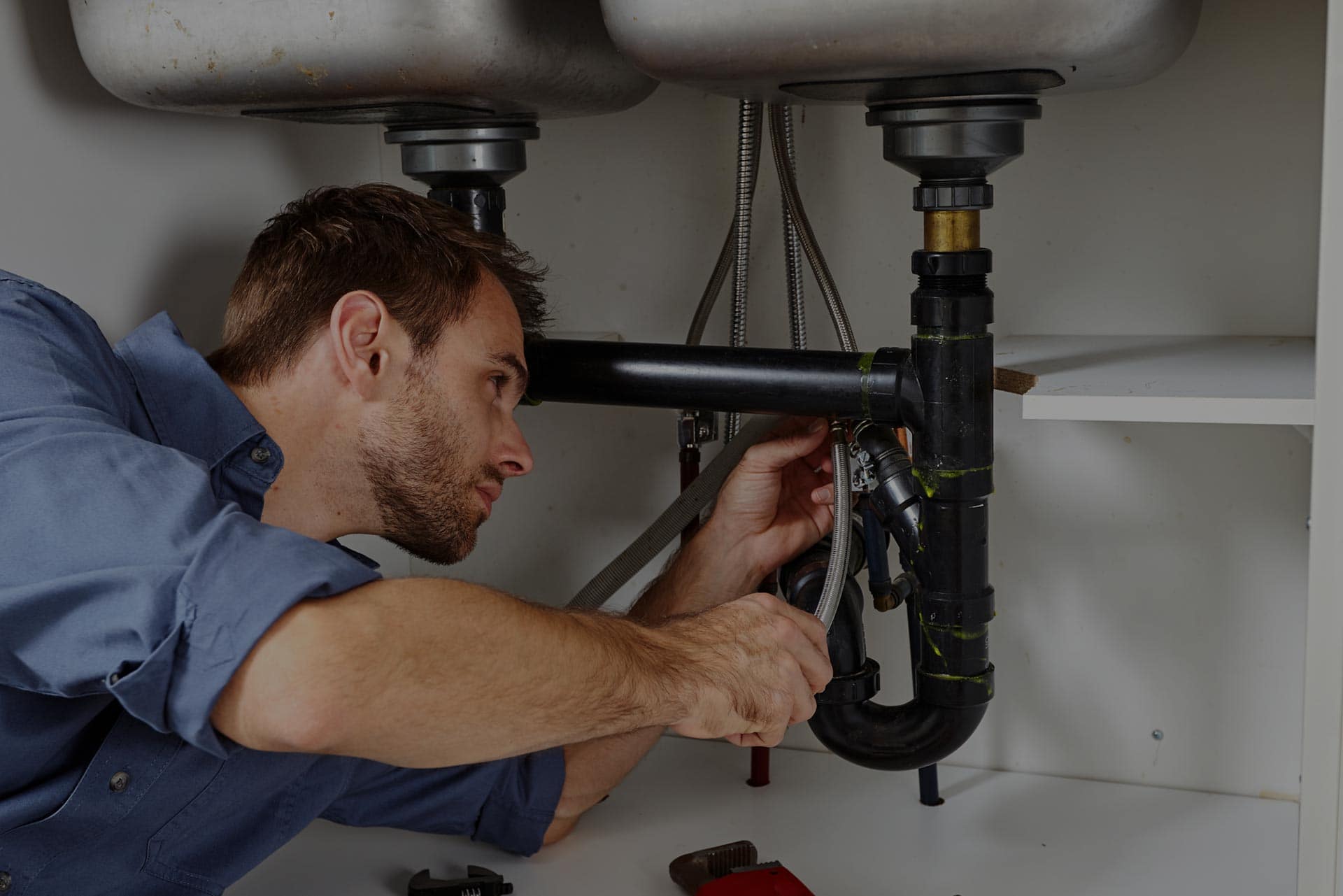
22 Oct How To Prepare Your Plumbing for Winter Weather
Winter is the greatest enemy of the plumbing in your home. Summer weather will keep minor problems from showing up, but as the cold air arrives in the fall, any issues will quickly make themselves known. Unfortunately, many of them can lead to costly damage to your home, in addition to the expense of the repairs themselves.
Winter plumbing problems are mostly centered on issues with frozen pipes, so the most important thing you can do is to check on some key things with your plumbing while temperatures are still warm. That will allow you plenty of time to get repairs before cold weather sets in.
Prepare Your Crawlspace
Most people do a good job keeping adequate insulation in walls and ceilings, but sometimes the crawlspace is neglected. Because it must be ventilated during the summertime, many homeowners forget to close that ventilation down as temperatures get colder.
Remember that a large part of your plumbing is inside the crawlspace, and it may even be below any insulation you have under the floor, although international standards can suggest otherwise. Closing off the crawlspace will keep temperatures warmer and reduce the chances that pipes will freeze.
Get Outdoor Spigots Ready
When we water plants or wash cars in warm weather, we often leave the garden hose connected and ready. That’s not a problem until cold weather arrives.
Once there’s a chance of temperatures getting below freezing, it’s critical to disconnect your garden hose. It can trap water between the valve and the discharge on your spigot, causing that area to freeze and burst. Removing the hose lets that water drain out. If you have older spigots that are not frost-proof, purchase a winterization kit and install it as soon as cold weather threatens.
Check for Leaks
Slow leaks can be a sign of bigger trouble on the horizon, and there is no worse time to have a plumbing problem in the winter. As it starts to cool down in the fall, check your water meter.
Before going to bed, make sure all the water is turned off in the house and write down the meter reading. Check it the next morning to determine if any water has been flowing. If the discrepancy is more than could be explained by a glass of water or midnight trip to the bathroom, you may have a leak somewhere. Work your way through the house and find anything that could be dribbling a little water, and get it repaired before it chooses the coldest night of the year to rupture.
Inspect Buried Lines
Underground water lines are required by code to be buried sufficiently deep enough to protect them from freezing. Most likely, your home already meets that standard, or you would have already been having problems.
However, things change, especially the weather. If you have had any dirt moved in your yard, there may not be enough on top of your water line anymore. Flower beds, installation of other underground utilities, drainage improvements, and countless other projects can remove enough dirt to endanger water lines, so if you’ve had any such work done since the home was built, have a plumber dig down to the line and verify that it’s still in the safe zone.
Consider Protecting Lines
Let’s return to the crawlspace. While you may help your water lines by closing it off, that still may not be enough. You may want to insulate your water lines to protect them from cold.
This is another area where renovation efforts are relevant. Homes that have additional water lines installed can have new sections that are outside the floor insulation, leaving them exposed to crawlspace temperatures. Reposition the insulation so that the line is between the insulation and the floor. This will allow warmth from the living space to spread to the line. Heat tape can help, but it can be very dangerous if not properly installed.
Use Temperature Monitors
Most of the time, we make the best repairs we can, and then we can do little more than hope for the best. Fortunately, technology gives us more options.
WiFi temperature alarms can monitor conditions near your pipes and send a notification to your phone if a freeze threatens. The greatest value of these products is that they are on duty all day and all night, even when you aren’t home. Even if you are hundreds of kilometers away for the holidays, you’ll receive a warning that your pipes are in danger, and you can call someone to help you out.
Turn Your Water Off or On
Of course, another good option is simply to turn off your water when you leave town. This won’t prevent anything from freezing, but it can keep the house from flooding while you’re gone. Be sure to turn off your water heater as well. If a leak develops, the tank will drain and the unit will overheat and possibly fail.
When you’re home, always leave a faucet slowly running on the coldest nights. This is because moving water takes longer to freeze.
Seal Gaps
The final step you should take is to seal up any openings in walls, the foundation, or other structural areas. It takes only a small gap to permit enough cold air inside the home to let pipes freeze.
Pay particular attention to where lines pass through the foundation for outdoor spigots. If this opening has crumbled away and become too large, the cold air can penetrate deeply enough into the house to get past the valve and freeze the line. Use durable, weatherproof caulk for repairs.
Winter plumbing preparation is crucially important. If you find problems or don’t feel qualified to do it, get expert help.
For more information about preparing your plumbing for winter, please call HMS Plumbing at 416-894-9490 or contact us here.



